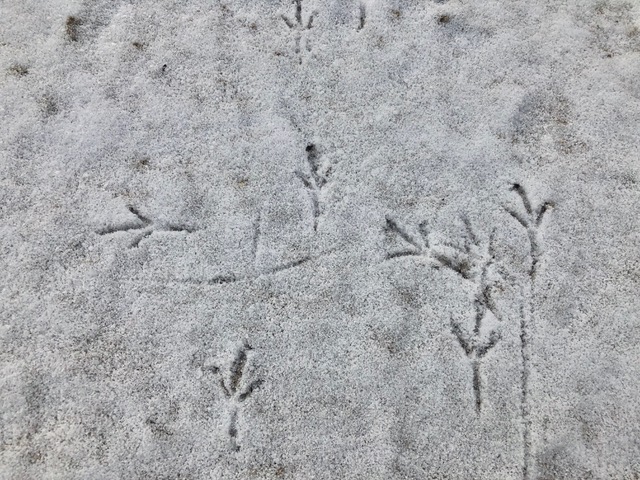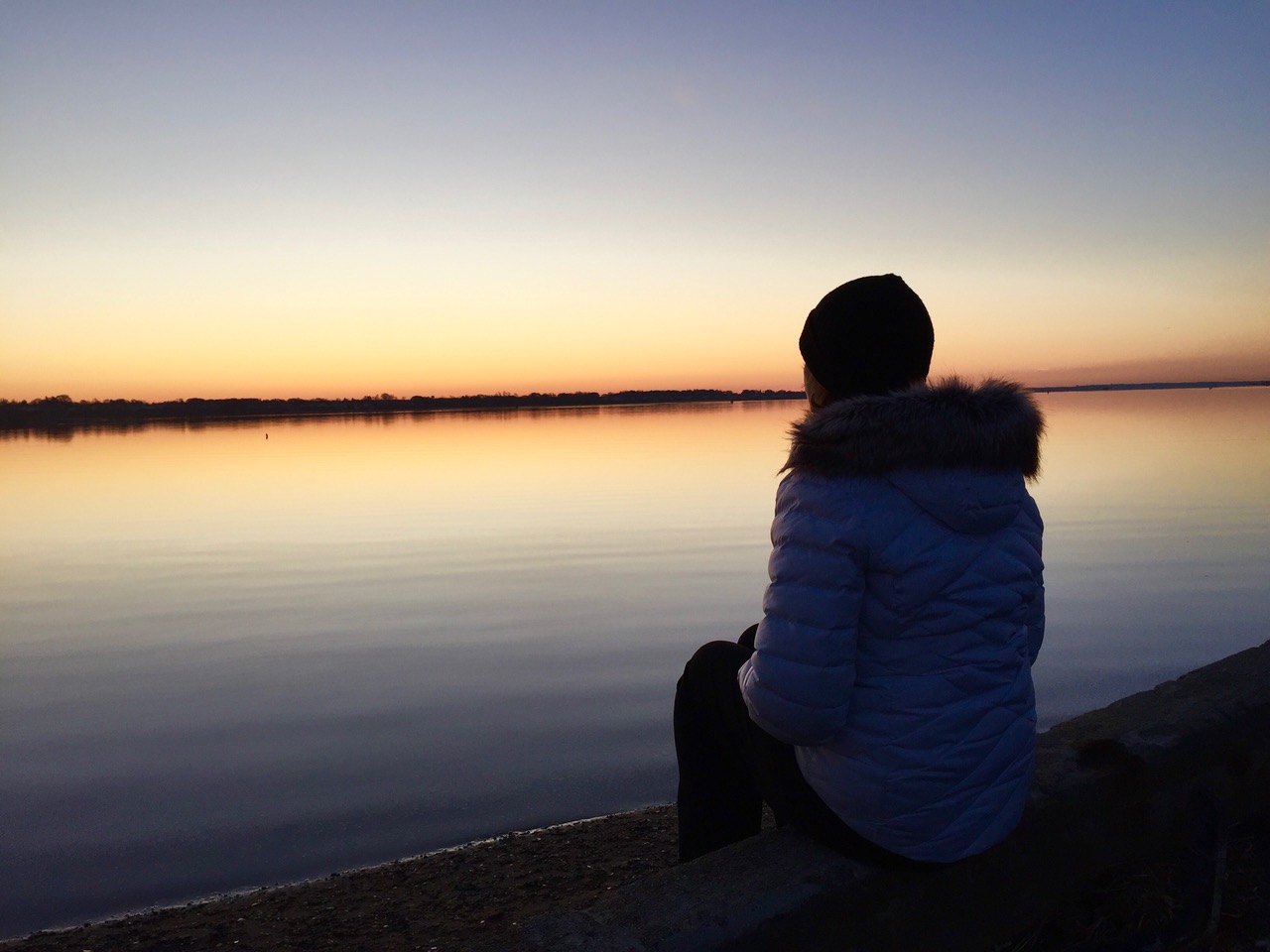
The first time I heard the term “forest bathing” it brought to mind people people bathing in hot springs. Then I heard there were such things as “forest bathing guides” and I thought, “maybe people need a guide to bring them to the hot springs?”
Turns out forest bathing has nothing to do with actually taking a bath. Instead, the term “forest bathing” is a rough translation of the Japanese term “shinrin-yoku,” a form of nature therapy that was introduced in the 1980’s as a response to fast-paced urban life. It is nothing more or less than mindful time in nature, emphasis on “mindful.” In order to forest bathe correctly, you must take your time and pay attention to everything around you, using your senses of sight, hearing, smell, and touch to fully experience your surroundings. Running through a forest listening to a podcast or your favorite music might be a wonderful experience, but it doesn’t qualify as shinrin-yoku. You have to go slowly, looking all around you, stopping often, paying attention to the sounds and smells of nature.
So, why would you want to experience nature in this way? There have been several studies measuring the body’s response to forest bathing and the results are impressive. Reduced levels of the stress hormone cortisol, lower heart rate, reduced risk of coronary heart disease, and improved immune response. All of those indicators are noteworthy, but the improved immune response really got my attention, so I did a little google research and found a few articles, including this study. What they found was a 50% increase in natural killer (NK) cells for the subjects engaged in forest bathing. NK cells are the cells that attack cancer cells. By anyone’s measure, this has to be a good thing, right?
Now, forest bathing is not being touted as a cure for cancer by any means, and I wouldn’t be so irresponsible as to suggest it might be in the future. Instead, I think of it as one of many lifestyle choices – like getting 8 hours of sleep, exercising regularly, and eating my veggies – that could work in synergy to help maximize my health. And it’s not like spending time in nature is any hardship. It’s not like gagging down a smoothie made of broccoli sprouts because they’re supposed to be good for you (guilty!). I’m sure there must be people out there who truly don’t like spending time in nature, but most of us find spending time in nature a reward in and of itself. All of these physical benefits are just icing on the cake. So, win-win!
I wondered how much time I would have to spend forest bathing in order to reap any benefits, and found this article that showed that two hours a week (cumulative) is the threshold point at which benefits can be measured. I was glad to hear that you don’t have to do two hours all at once, but that every little bit helps.
On Saturday morning I went for a walk in the little park at the end of my street. It’s not the park with the dramatic sunset-watching vistas. It’s just a small wooded area with a .6 mile trail running through it. The ground was icy, so my planned power walk turned into a tentative stroll. Aha, I thought. Time to try out this forest bathing thing.

Nature cooperated in spades. So many birds singing up a storm! Animal tracks easily seen in the thin layer of icy snow on the ground. I saw an owl in flight and locked eyes with her as she perched high in a tree. An enormous pileated woodpecker doing what woodpeckers do best (gosh it looks like a lot of work for whatever food they get from all that pecking). The air was crisp and smelled fresh and clean. I could definitely feel my body slowing down and relaxing. An hour later I returned home, feeling rejuvinated.
When I take my morning walk, I usually do laps around the neighborhood. I start my weekday walk at 6ish, and walking alone through the woods at that time would probably be foolhardy. I also like to go as fast as I can and listen to podcasts or music. So, any future forest bathing will have to be done on the weekends, as my after-work hours are pretty much spoken for. But I will definitely be trying it again.
